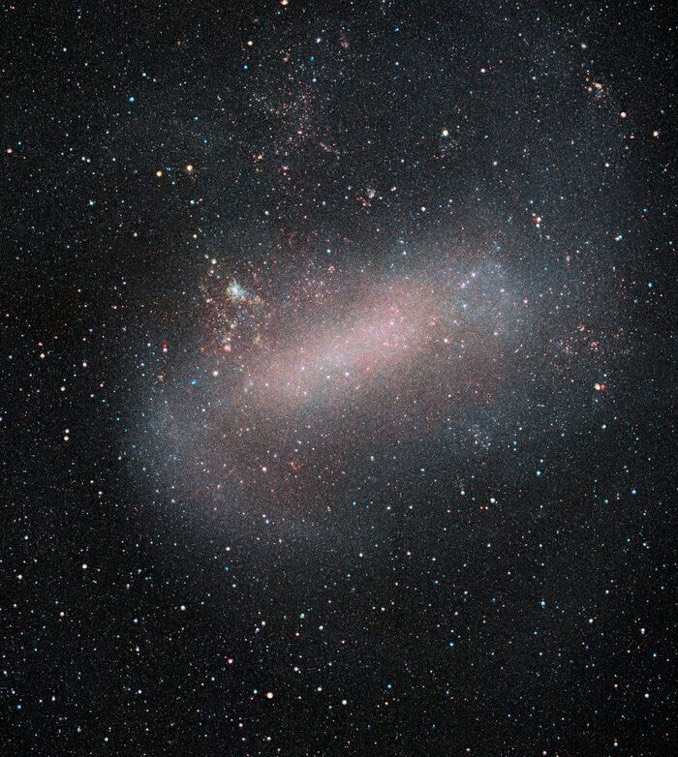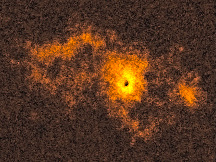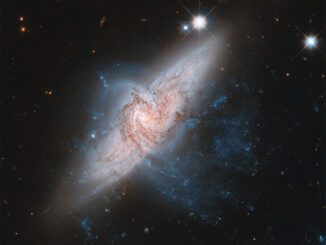At just 163,000 light years away, the Large Magellanic Cloud is a glittering landmark in the southern sky, among the Milky Way’s closest neighbours and an ideal target for astronomers studying galaxy formation. The European Southern Observatory’s wide-field VISTA telescope has been monitoring the LMC and its smaller sibling, the aptly named Small Magellanic Cloud, for more than a decade, using the telescope’s near-infrared vision to peer through intervening gas and dust to map out stars populating the centre of the galaxy. VISTA – the Visible and Infrared Survey Telescope for Astronomy at ESO’s Paranal Observatory in Chile – is a 4.1-metre (13.45-foot) telescope that is equivalent to a 67-megapixel camera with a 13,000-mm f/3.25 mirror. The camera weighs three tonnes and features 16 infrared detectors. The telescope has allowed astronomers to analyse about 10 million stars in the Large Magellanic Cloud and determine their ages, along with the dwarf galaxy’s three-dimensional structure and faint spiral-like features.




